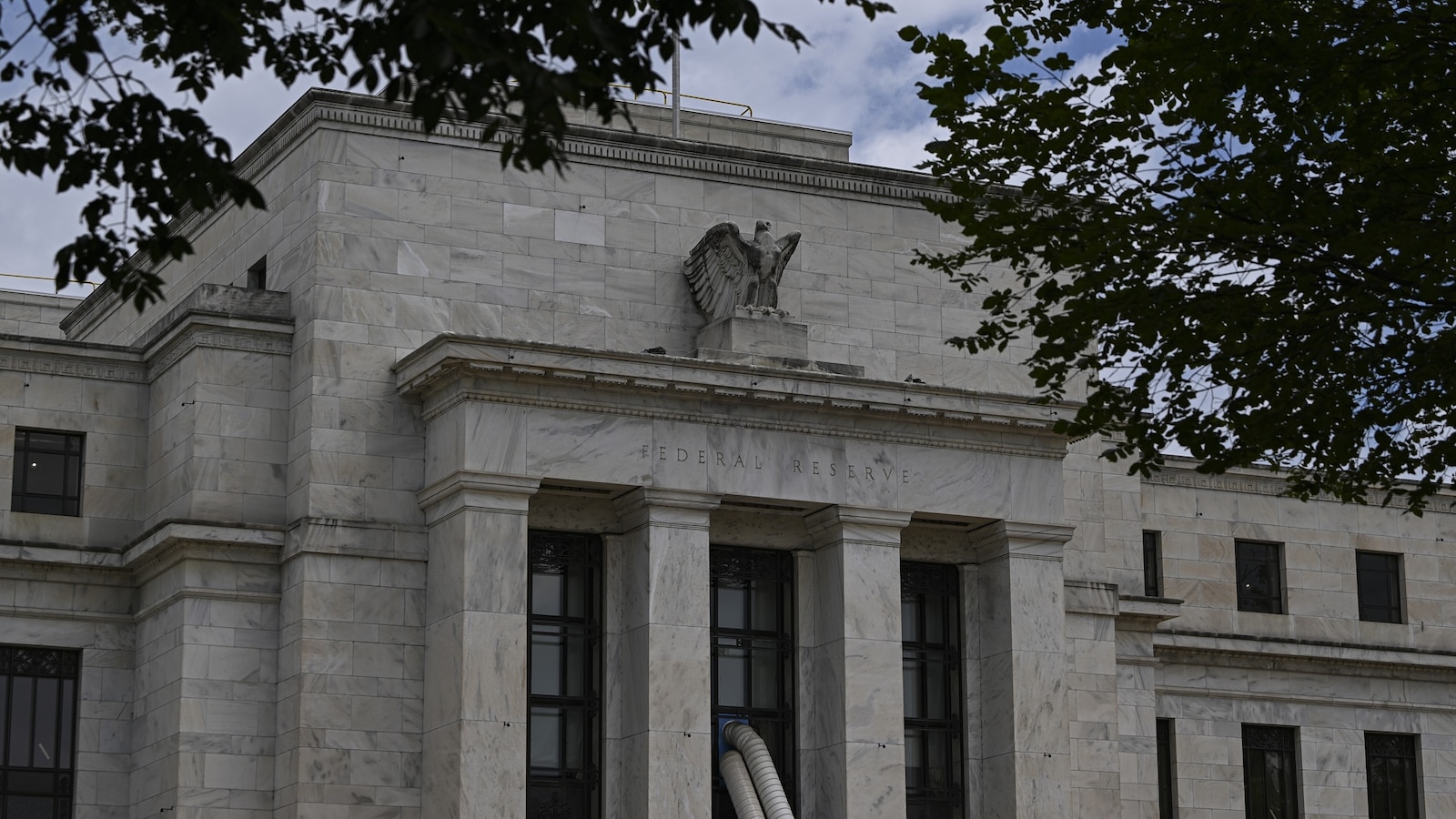The Federal Reserve is set to announce its latest decision on the benchmark interest rate this Wednesday, maintaining a cautious approach as it assesses the impact of the tariffs imposed under President Donald Trump’s administration. In recent months, the central bank has adopted a wait-and-see strategy, prompting consistent criticism from Trump, who advocates for rate cuts to stimulate the U.S. economy.
Despite Trump’s pressure, the Fed, an independent federal agency, is anticipated to uphold its decision. The CME FedWatch Tool, reflecting market sentiment, indicates a staggering 99.9% probability that rates will remain unchanged.
Since Trump assumed office, inflation has moderated and job growth has decelerated. Recent inflation data showed a slight uptick in price increases, but the overall inflation rate is close to its lowest level since 2021. According to a government report released this month, while hiring showed signs of slowing, it still proved resilient as concerns over fluctuating tariffs did not significantly dampen employment figures as some economists had predicted.
The Fed is guided by its dual mandate to maintain price stability and maximize employment. Lowering interest rates could potentially stimulate economic activity and enhance job creation, particularly while inflation is low.
Last week, Trump took to social media to criticize Fed Chair Jerome Powell, labeling him a “numbskull” due to his reluctance to implement interest rate cuts. Throughout Trump’s presidency, Powell has affirmed the Fed’s independence from political influence.
In recent statements, Powell expressed concerns about the potential for “stagflation,” a scenario where inflation rises concurrently with economic stagnation. This situation would place the Fed in a precarious position; raising rates to combat tariff-induced inflation could inhibit borrowing and further slow economic growth. Conversely, reducing rates to bolster the economy during a downturn might exacerbate inflation.
Recently, Trump has begun to roll back some of the most stringent tariffs, alleviating the financial burden on importers who generally pass increased costs to consumers in the form of higher prices. A trade agreement with China reduced reciprocal tariffs between the two countries, sparking a rally in the stock market and causing Wall Street firms to revise their forecasts for a potential downturn.
This U.S.-China deal follows a temporary suspension of several of Trump’s “Liberation Day” tariffs affecting numerous countries, along with a reduction in sector-specific tariffs on automobiles and certain goods from Mexico and Canada. However, a general 10% tariff remains in effect on most imports, with exceptions for semiconductors, pharmaceuticals, and a few other categories, which face legal challenges following recent federal court rulings.
Tariffs on steel, aluminum, and autos, alongside select goods from Canada and Mexico, still apply. Retailers such as Walmart and Best Buy have expressed concerns about potential price increases due to these tariffs.
The Organization for Economic Co-operation and Development (OECD) recently projected that U.S. inflation could hit 4% by the end of 2025, marking a significant rise from current levels. This persistent uncertainty, combined with solid economic metrics, may lead the Fed to opt for steadiness in its interest rate decision on Wednesday.
“We don’t think we need to be in a hurry,” Powell stated during a recent press conference in Washington, D.C. “We think we can be patient.”

